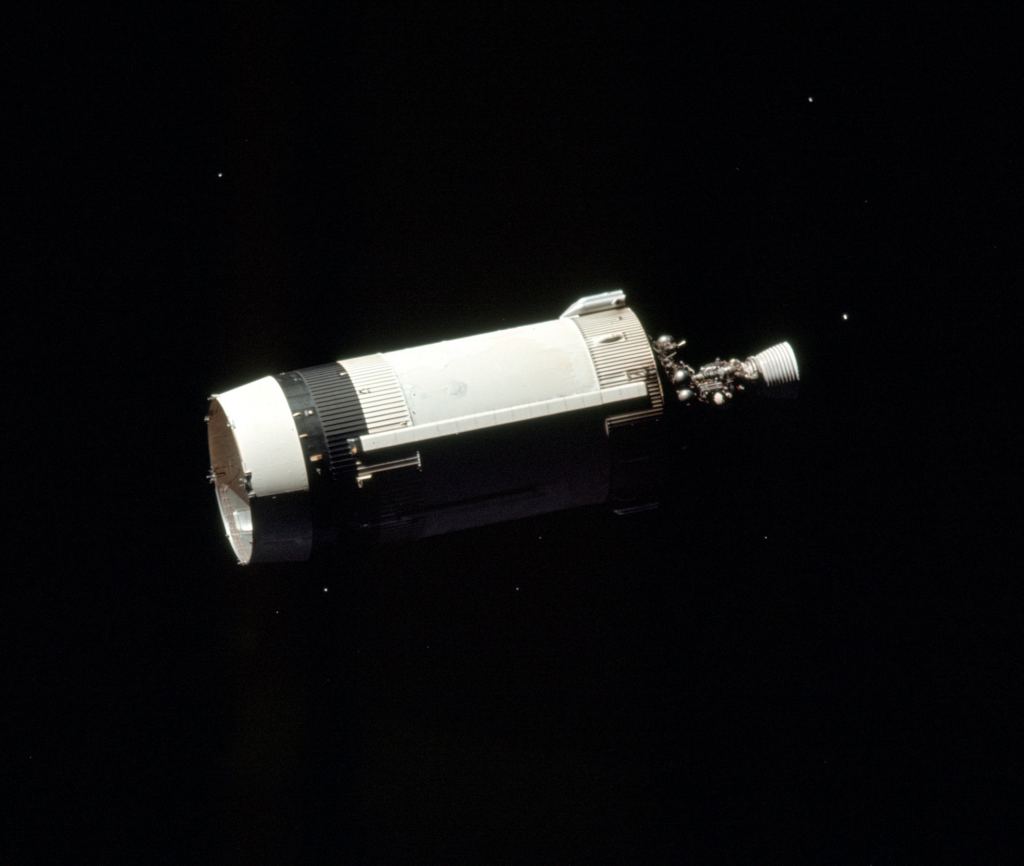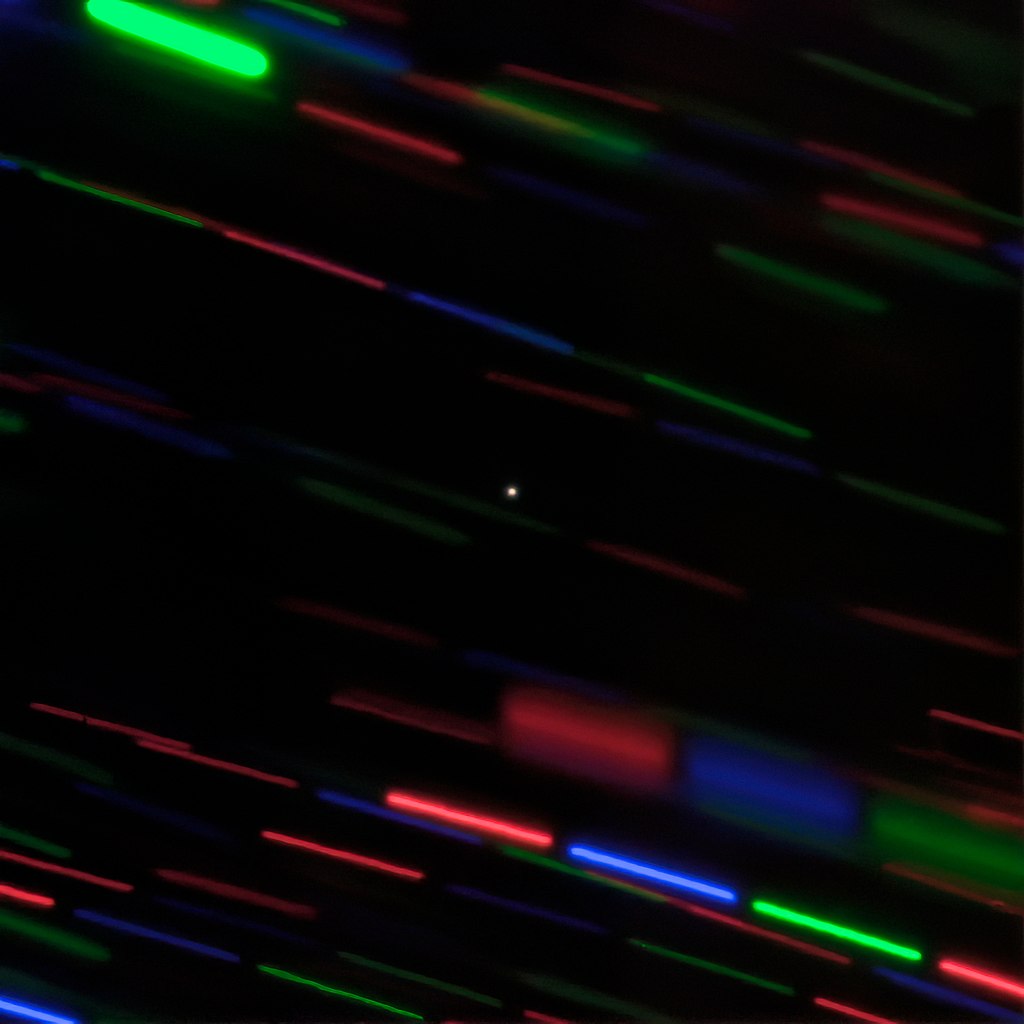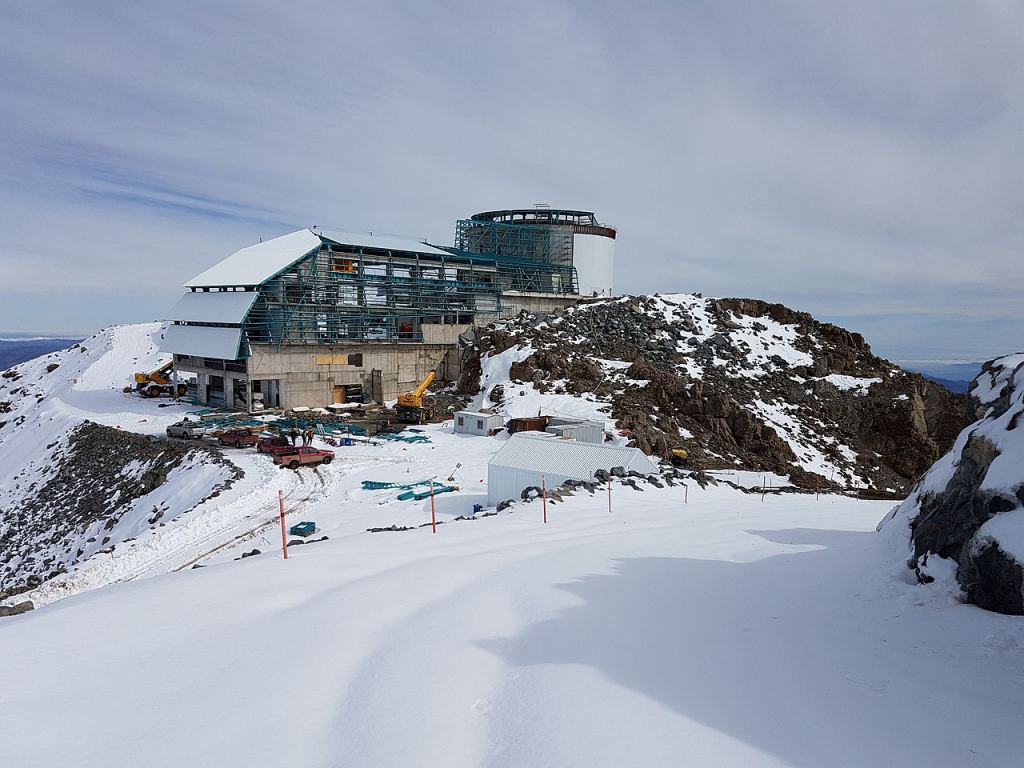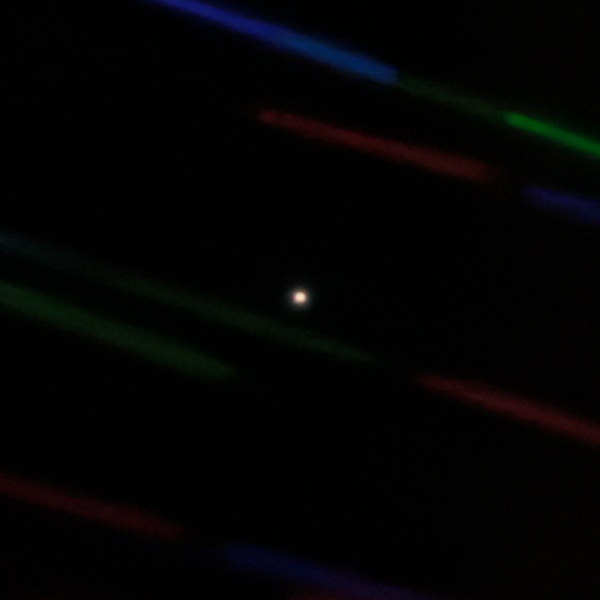For only the second time in history, astronomers have discovered a new, natural-origin, minimoon orbiting the Earth. The minimoon, known as 2020CD3 (CD3 for short), was first discovered by Kacper Werizchos and Teddy Pruyne using data from the Catalina Sky Survey. Once CD3’s orbit was determined to be geo-centric, Queens University Belfast Post-Doctoral Research Fellow Dr. Grigori Fedorets assembled a team of 23 astronomers worldwide to make careful observations of the object to determine its identity. Based on the team’s findings, a paper was published on November 24, 2020, in the Astronomical Journal, characterizing the minimoon.
One of the main reasons for the careful nature of the identification process is the fact that we’ve been fooled before! Spent upper stage rocket boosters from lunar missions have been mistaken for asteroids in the past. Both Apollo 12 and the Chinese Chang’e 2 missions left upper stages in space that briefly passed for minimoons. Another hilarious case of mistaking a human-made object for an asteroid is the legendary ESA Rosetta spacecraft observed by the Catalina Sky Survey in 2007 during a flyby of the Earth was briefly given the provisional asteroid designation of 2007 VN84. There’s something intensely entertaining about a spacecraft that was bound to visit a comet being mistaken for an asteroid.

What is CD3 like, and how can we be sure it isn’t human-related space debris? Like all solar system objects, the minimoon experiences a slight pressure from the solar wind and solar radiation. This effect is directly proportional to the surface area of the object in question. By measuring the size of an object and observing the deviation in its orbit from that predicted solely from the influence of gravity, we can gain useful insight into our target.
When asked about it, the lead author of the Astronomical Journal paper, Grigori Fedorets, commented, “We compare the surface area to the mass. For rocket boosters, which are hollow, the surface to mass ratio is much higher”. Another way to look at it is that the sun has less influence on the orbit of CD3 than we would expect for anything human-made, leading us to determine that the object is solid. It is now thought that the object is made of some kind of silicate. Essentially, as one might expect, it’s a space-rock.

How big is our new neighbor? Is this something to worry about? What would happen if the minimoon collided with the Earth? When space-rocks are found close to Earth, questions like this seem to pop up inevitably. In addressing such fearful questions, Fedorets puts it this way; ”This particular minimoon has a diameter of one or two meters. If it were to hit Earth, it would burn up in the atmosphere.” Fedorets continues, “…in general; these minimoons are quite small.”
Another reason to put your mind at ease is the fact that CD3 has already left the Earth-Moon system! It is by calculating the object’s path backward in time that we know it was a minimoon to begin with. “It was discovered on its way out of the Earth-Moon system. Before it left, it had been captured for 2.7 years.” Fedorets explained that this capture time is actually quite extended, “According to our simulations, an average minimoon would only be captured for about nine months…it’s a longer capture time than we expected.”


Not only did CD3 stick around longer than expected, but it also rotated slower than most simulated minimoons do, with a rotation period of once every three minutes. Compared to an enormous object like a planet, that might seem fast, but given the tiny size of this object, it is a most leisurely spin.
CD3 is only the second natural minimoon discovered, the first being 2006 RH120, found fourteen years earlier. Should we expect this pace to continue? Not if the astronomical community has its way.
The upcoming Vera Rubin Observatory should blow the doors off of the rate of minimoon discovery. According to Fedorets, the observatory will find many more minimoons. “We would expect to find one every two or three months in the best case.” With first light expected in 2021, we may very well be on the verge of a new era in minimoon astronomy (along with the myriad of other discoveries that are associated with observatories of this magnitude.)

Objects like CD3 are particularly fascinating for astronomers. Unlike the minerals on Earth’s surface, which undergo various weathering and geological processes, asteroidal material is pristine. Fedorets remarks, “They [objects like CD3] contain the oldest material in the solar system, and studying them in detail tells us about how the solar system was born and shaped.” He continues, “This is a rare treat for astronomers to find such an object…it would be exciting to one day go and visit one of these, touch it with some instruments, and learn more about the solar system… and we don’t really know so much about these meter to ten-meter size objects. They’re not studied much because they’re quite hard to detect.”
Extraordinary discoveries in dark matter, gravitational waves, black holes, supernovae, and exoplanets (not to mention spacecraft both crewed and unmanned) all garner big headlines. These tremendous stories often inspire many of us to remark that we live in a golden era of astronomy. We shouldn’t overlook small, close-to-home discoveries like CD3. This couch-sized lump of space rock might be a little thing, but the current and future study of this and similar objects is a big deal.

